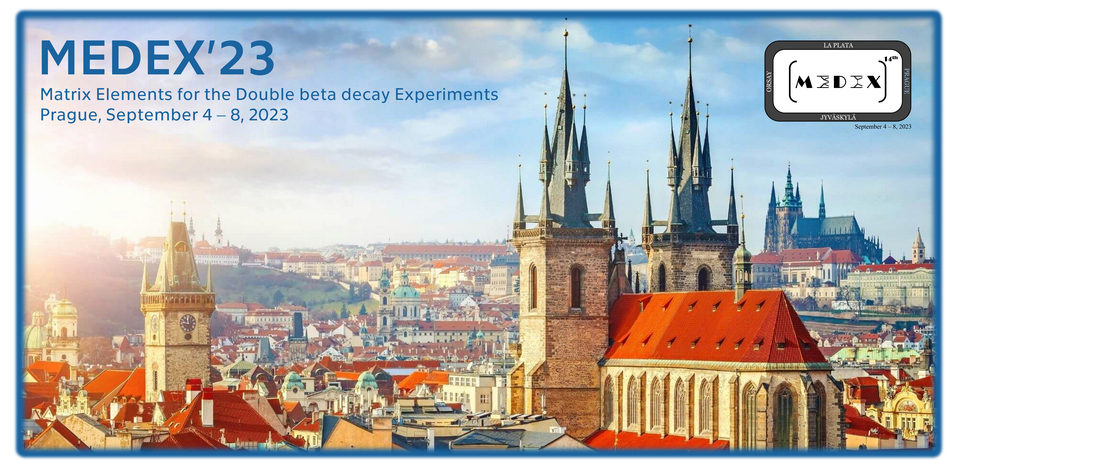Speaker
Description
The spectrum-shape method has been proposed to determine the effective value of weak coupling constants g$_V$ (vector part) and g$_A$ (axial-vector part) in forbidden β decays. The nuclear transition from $^{99}$Tc(9/2$^+$) to $^{99}$Ru(5/2 $^+$) is 2$\rm^{nd}$ non-unique forbidden β decay, the shape function strongly depends on the g$_A$ of variant nuclear-model frameworks. The maximum energy (Q value) of $^{99}$Tc β decay is 293.5 keV, making it suitable for deposition in a thin gold foil absorber. The metallic magnetic calorimeter (MMC) is a cryogenic detector used for high energy resolution. The detector’s signal amplitude depends on the heat capacity, which directly influences the energy resolution. To enhance the detection efficiency, a perfect solid angle absorber (4π-absorber) is used to contain the radioactive source. It is manufactured by dropping $^{99}$Tc dissolved in a nitric acid solution onto a gold thin foil. After drying, it is covered with another gold foil (sandwich-like structure) and each layers are welded together. The simulation is conducted for complete absorption of energy of particles prepared with various sizes (1 mm$^2$, 4 mm$^2$) and concentrations (2.5 Bq, 5 Bq). We will present manufacturing details of the source, the setup of detectors, and the preliminary results of the measurements.

